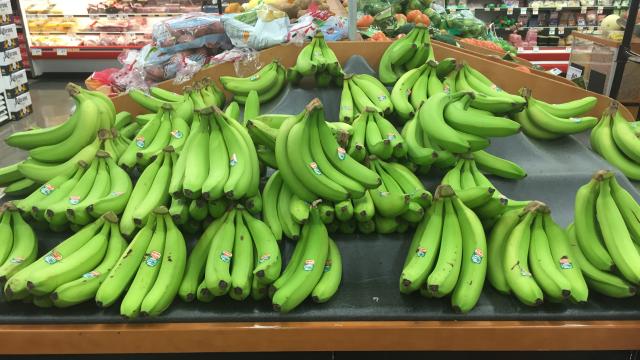Probiotics — or so-called “good” bacteria — have garnered some Kardashian-level celebrity status in the health world for their benefits on your digestion and links to overall health. Then there are prebiotics. Wait, they’re the same thing right? Not at all. Let’s clear the confusion.
First of all, probiotics is the general term to describe the live microorganisms (bacteria mostly) that have colonised our digestive tract. These tiny critters are our friends, though not the kind that you run into and say, “Let’s totally hang out more!” but never do. They’re true friends that help us digest foods, absorb nutrients, produce vitamins like B and K, suppress the growth of more harmful microorganisms and provide a host of other promising beneficial effects. You can find probiotics in supplement form and in fermented food sources including (but not limited to):
- kimchi
- sauerkraut
- pickles
- miso
- yoghurt
- kefir
- tempeh
For a food item to be considered a probiotic, the bacteria cultures within must be alive and “stable” during processing and throughout the shelf life of the food, and be able to survive digestion and possibly colonise your gut to work their digestion magic.
Prebiotics, on the other hand, are often described as “food for the probiotics” to help stimulate their growth. You know them as soluble fibre and other classes of carbohydrates, such as resistant starch and longer chain sugars called oligosaccharides, that end up being fermented by the bacteria. Sources of prebiotics include often raw or less ripe versions of these foods:
- bananas
- potatoes
- plantains
- asparagus
- leeks
- onion
- chicory
- garlic
- jicama
This research review in The Journal of Nutrition notes that all prebiotics are fibre, but not all fibre are prebiotics. To be a prebiotic, it must demonstrate that it can make it to the colon, be fermentable by our critter friends and confer some benefit to the bacteria that, in turn, presumably provide us with health benefits.
Prebiotics have plenty of supposed benefits. They reportedly help you better absorb minerals like calcium and magnesium, bounce back more quickly from bad bacterial-related infections and fight intestinal discomfort, diarrhoea and irritable bowel syndrome. So, does this mean we should stuff ourselves silly with asparagus, garlic and green bananas chased with yoghurt and miso soup?
Not so fast.
While prebiotics and probiotics look very promising thus far, there’s still much more long-term research to be done to quantify their health benefits. Also, since many prebiotics differ based on where you get them and what they can do in your body, more study is needed to examine their effects on our gut flora and the benefits they may have on healthy folks. Not to mention, even if you did intentionally chow down on prebiotics, it’s tough to say how much you’re getting from food alone.
Still, there’s one thing everyone can agree on, and that is most of us could stand to eat more (and a wide variety of) vegetables and get more fibre.

Comments